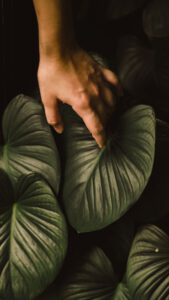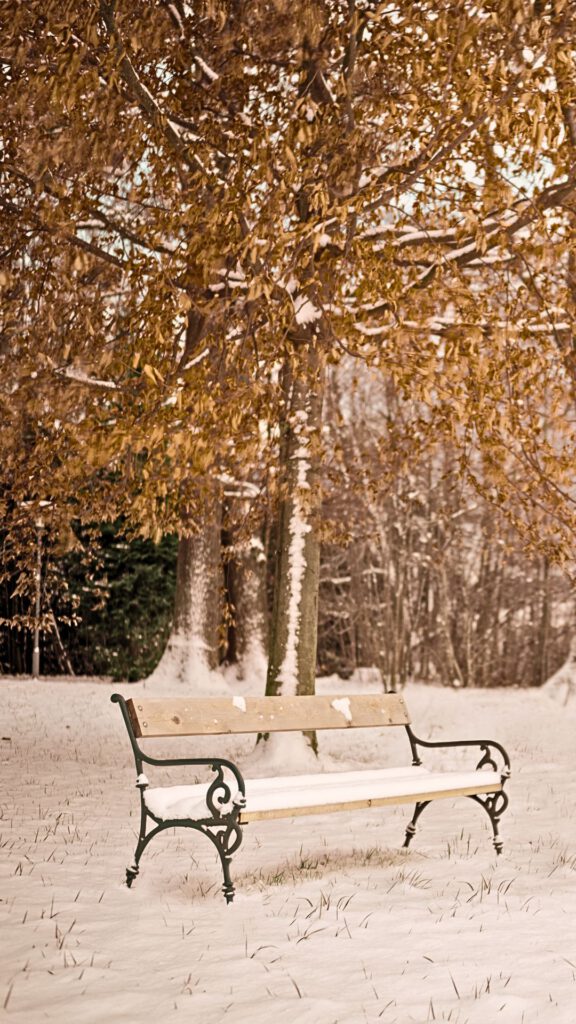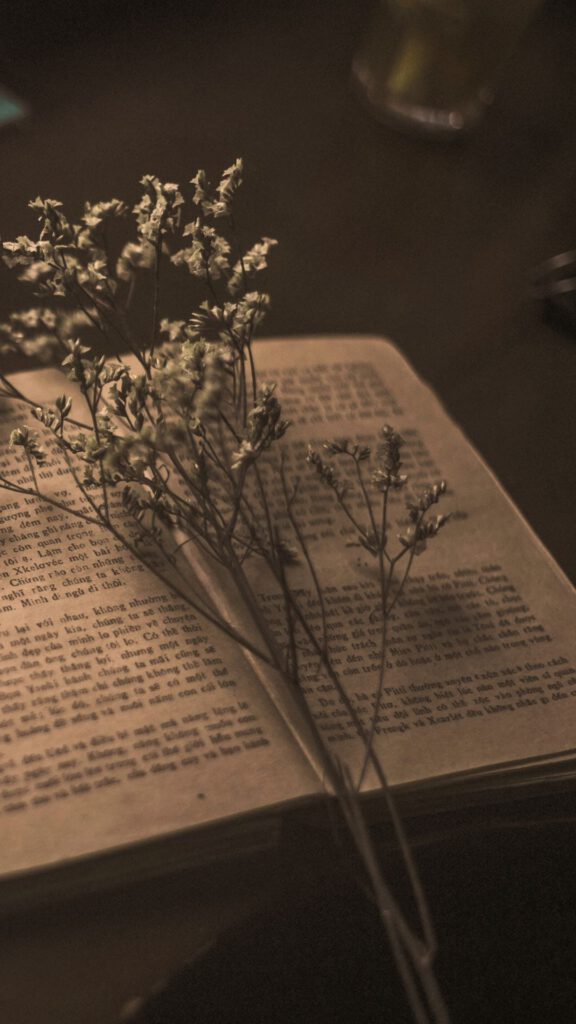Affiliate Disclosure
Some of the links on this page may be affiliate links. As an Amazon Associate, I earn from qualifying sales from these links. If you make a purchase or sign up for a membership through these links, I will receive a small commission. This will not cause any additional costs for you. This income helps us to run this website and especially the blog for you.
The benefits of plants in interior design
For me, integrating plants into interior design is a wonderful way to add a feeling of life and freshness to any room. There are many benefits of plants in interior design that I would like to share with you. In this post, you’ll learn how to incorporate greenery into any room to create an inviting and calming atmosphere.
Why are plants important in interior design?
Plants have many advantages in interior design. Not only do they improve air quality, but they also have positive effects on our health and well-being. By filtering pollutants from the air and producing oxygen, they ensure a clean and fresh atmosphere. In addition, plants have a stress-reducing effect and can improve our mood. They create a pleasant and natural environment in which we can feel connected to nature and experience a sense of inner peace and calm. With their variety of shapes, colors and textures, plants also add aesthetic elements to our interiors that make the overall look more appealing and inviting.
How I incorporate green into every room
1. The right plants
Choosing the right plants is key to successfully integrating greenery into any space. There are many types of houseplants that are suitable for different conditions. For example, if you have little space, you can integrate hanging plants into your rooms. There are 1-2 hanging plants on almost every cupboard or shelf, which with their hanging leaves really give the respective piece of furniture a beautiful green frame. Hir some suitable houseplants varieties:
Hanging plants:
- Ivy plant
- climbing philodendron
- common ivy
- Candlestick flower
Plants for sunny places:
- spider plant
- Yucca
- Fiddle fig
- Palm lily
- Bow hemp
- Elephant foot
- Ficus
Plants for shady places:
- Sword fern
- Philodendron
- Monstera
- Spider plant (thrives in both sunny and shady places)
- Basket Marante
- Single leaf plant
- Lucky feather plant
- Schefflera
- Mühlenbeckia
2. The right pot
The right pot can make a big difference when it comes to successfully integrating plants into any room. A stylish pot can transform a plant into a work of art and enhance the room. It’s best to choose a pot that matches the decor of the room and, if necessary, existing flower pots, but is also large enough to give the plant enough space.
If the plant is already quite large and heavy, I personally prefer a metal pot. Because I don’t find plant rollers particularly attractive. This makes it easier to turn or move the plant. But in general, in my opinion, ceramic flower pots are usually the most beautiful option.
A little DIY tip at this point:
I had some older metal pots from IKEA that I transformed from boring and incongruous high-gloss white into beautiful pots that match my antiques. You can also find such pots at flea markets every now and then, but galvanized pots are also available in every hardware store and are very cheap. These pots can be painted very well. This also works well with spray paint from a can, but I find that they don’t hold very well and the result somehow doesn’t look very high quality. That’s why I prefer to paint with a foam roller.
At least one layer of primer is important. And apply each layer of varnish only thinly. So a total of 1-2 coats of primer in a matching color.
These are usually available in white, gray, beige or black. Then apply 2-3 coats of varnish in the desired color and, if necessary, for example in cases of heavy use, a clear varnish to seal it.
Although I rarely use the latter. I prefer semi-matt varnishes and either have a color specially mixed for me or mix the desired color myself. Hardware stores usually have a large selection of beautiful colors available for mixing. This means you can also easily adapt the pots to your wall color, for example.
If I can’t find the right shade, I use a similar shade and mix it with concentrates in different colors until I get the desired result. In this way, I think everything fits together into an attractive picture.
And whether you simply took the first white flower pot you found or whether the pot fits well with other furnishings makes a big difference visually.
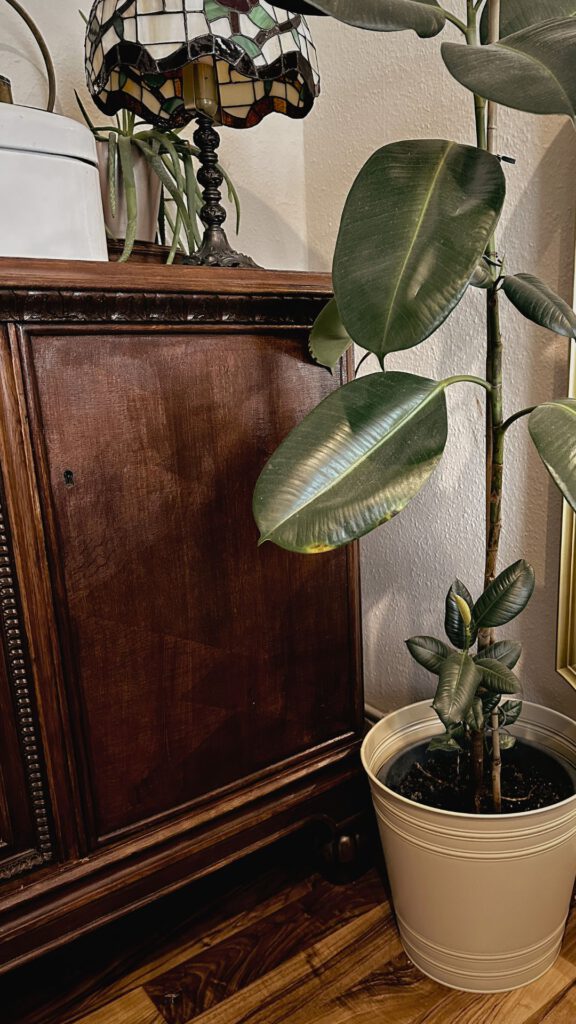
3. The right place
Placing plants in the right places can enhance the space and create a natural atmosphere. If you have a corner that needs a little life, you can add a tall plant like a dragon tree or palm tree. If you have a desk, you can add a small plant like a succulent or place a flowering plant to open up the space and improve the mood.
4. Plants as separators
Plants can also be used well to separate a space. If you have a large room, you can use a plant as a natural room divider. A range of plants can also be used to divide a space into different zones. Plants can also divide shelf space into different areas and thus create more structure.
Conclusion
Incorporating plants into rooms can make a big difference when it comes to enhancing a space and creating a relaxing atmosphere. By choosing the right plants, using the right pot, placing plants in the right places, and using plants to add texture to your spaces and surfaces, you can create a natural environment that gives you a feeling of harmony and calm.
So, why not add a few houseplants and see how they breathe life into your space? How do you feel about houseplants? Can’t you have enough plants in your home? Or do you perhaps find plants generally too high-maintenance? Feel free to let me know in the comments.
I wish you a relaxing weekend!
All the love
Christina
“Nature must be felt, anyone who only sees and abstracts can dissect plants and animals for a generation in the hustle and bustle of life in the glowing tropical world. He will believe he is describing nature, but will be eternally alien to it.”
Alexander Von Humboldt
Share this post:
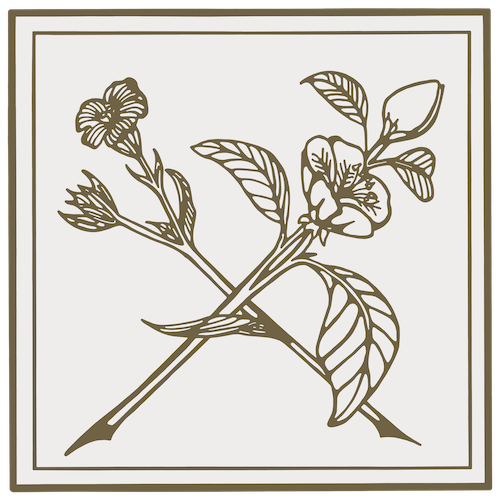
We’re excited
to share our news with you!
Would you like to receive information about our latest articles and our latest products directly in your mailbox?
Sign up for our newsletter!
We’d love to keep you in the loop.
About the author
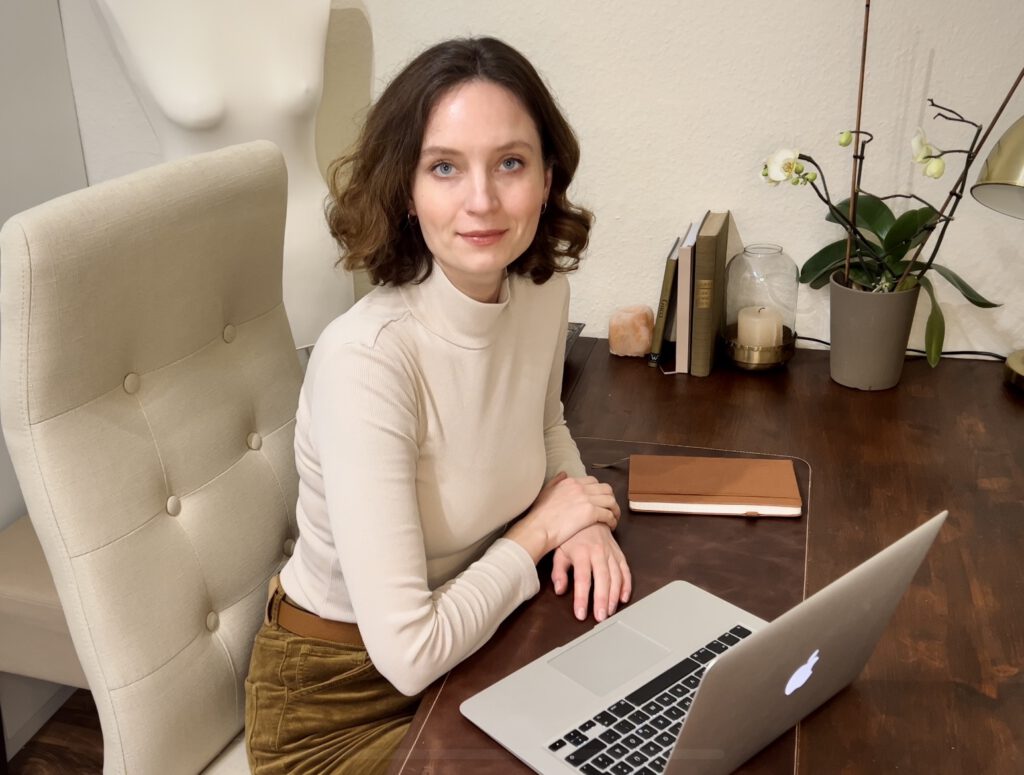
Christina Ernst is founder and CEO of Linen & Quince. She is also a designer, author and real estate expert. She shares her experiences and knowledge not only on our Linen & Quince blog, but also on her personal blog, christinaernst.net , where she writes about financial knowledge, starting a business, real estate knowledge and personal development. She loves interior design, art, antiques, as well as elegant, sustainable and high-quality fashion.

